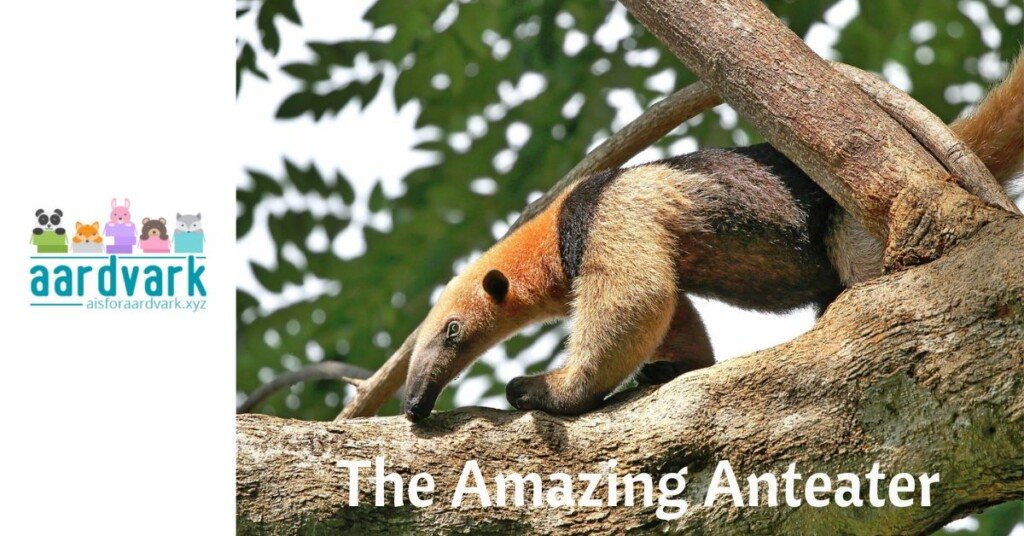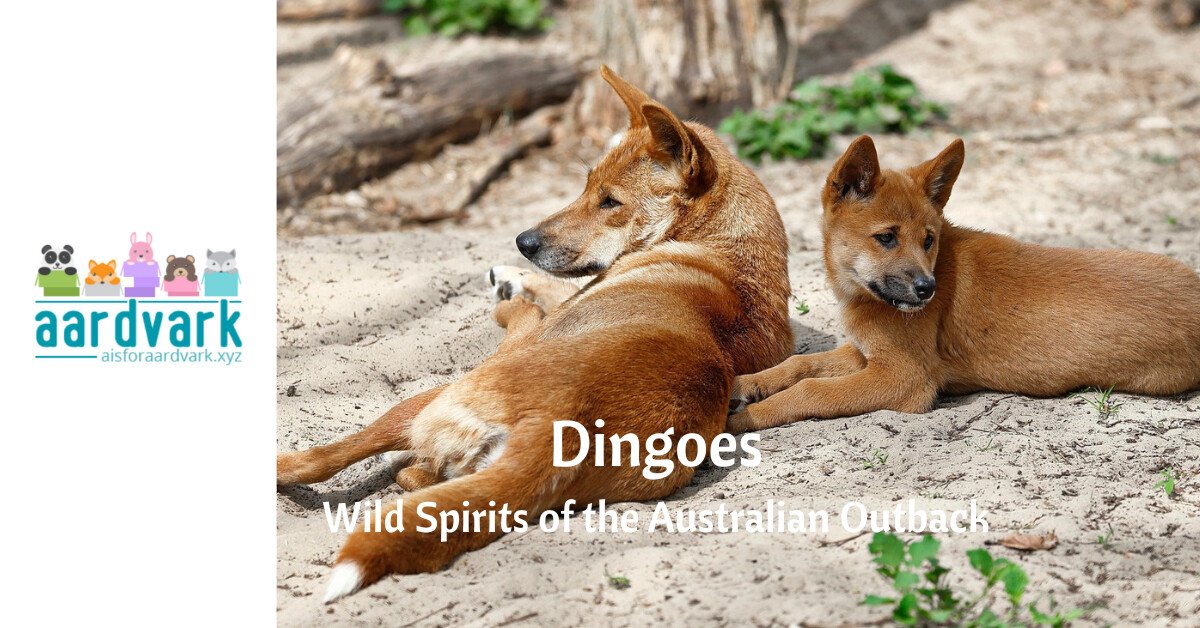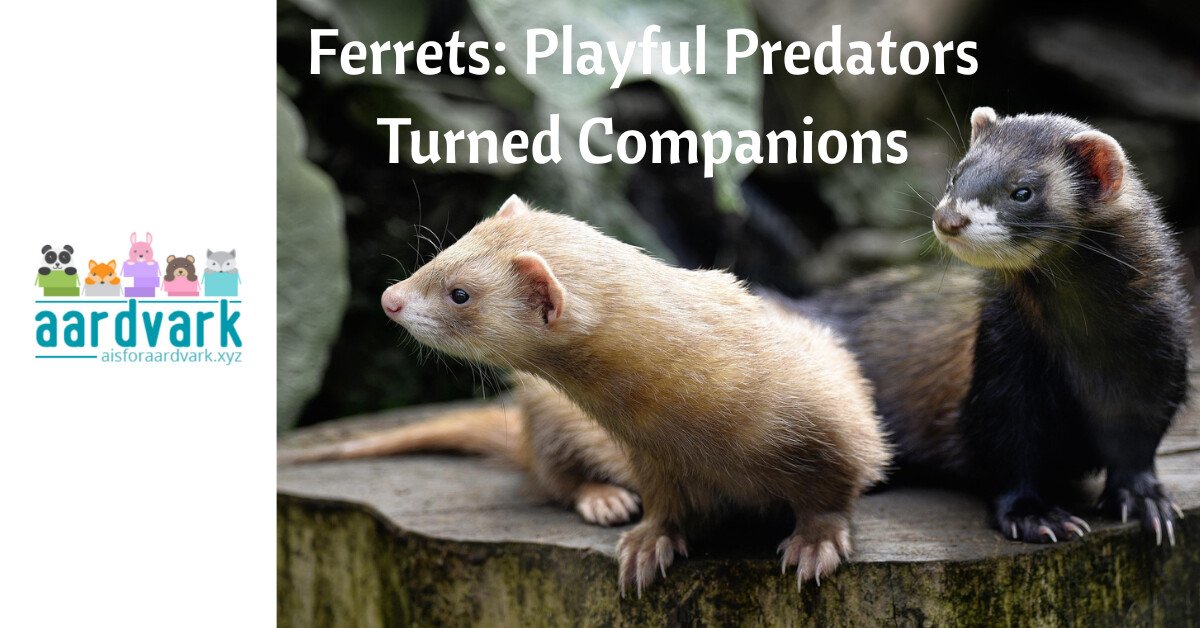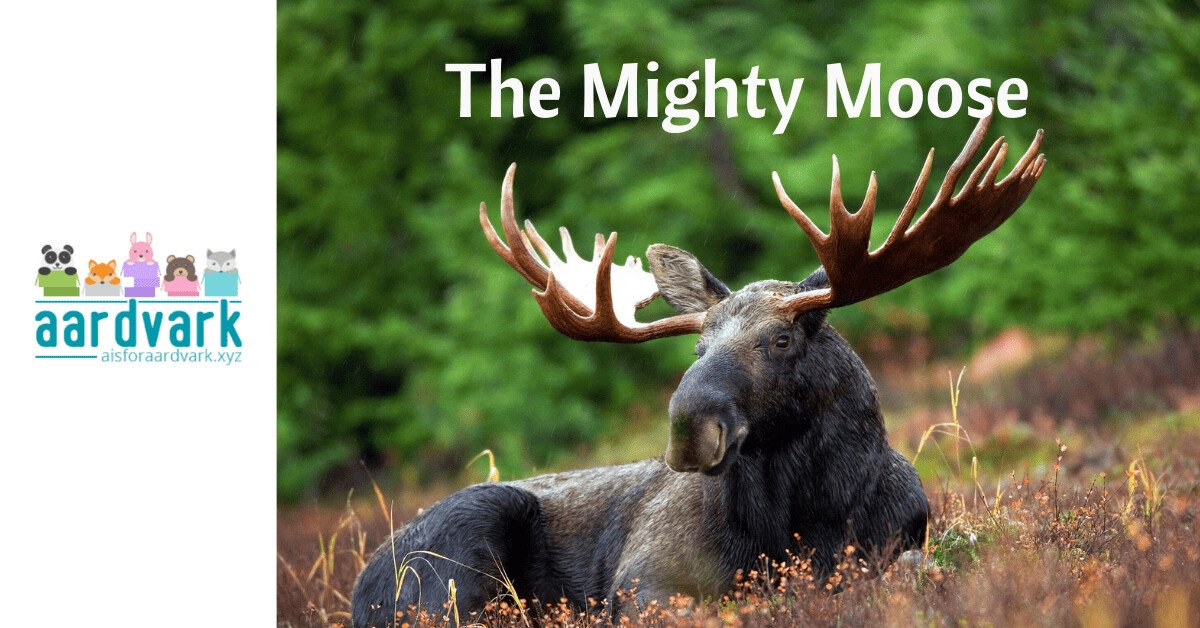Anteaters are fascinating mammals! They’re known for their unique diet of ants and termites, which gives rise to their name. These unique creatures belong to the family Vermilingua, which translates to “worm tongue,” another fitting way to describe them – it’s obvious once you see their long, sticky tongues. They use these tongues to extract prey from insect nests.
Anteaters are primarily found in Central and South America, where they inhabit diverse ecosystems, including forests, grasslands, and savannas.
The unique dietary habits of these creatures make them important in controlling ants and termites, helping preserve the balance in nature.
Taxonomy and Species Diversity
Anteaters are divided into four species, each with unique characteristics and habitats:
- Giant Anteater (Myrmecophaga tridactyla): The largest species of anteater, known for its impressive size, bushy tail, and striking color patterns.
- Northern Tamandua (Tamandua mexicana): A medium-sized, arboreal species with a prehensile tail and strong climbing abilities.
- Southern Tamandua (Tamandua tetradactyla): Similar to its northern counterpart, this species inhabits forests and grasslands further south.
- Silky Anteater (Cyclopes didactylus): The smallest and most elusive species, with golden fur and a nocturnal lifestyle.
All anteater species share a common ancestor with sloths and are part of the order Pilosa. While they differ in size and habitat preferences, they all rely on their specialized anatomy to consume ants and termites.
Physical Characteristics of Anteaters
Anteaters are uniquely adapted for their insectivorous lifestyle, with physical traits that set them apart from other mammals. One of their most defining features is their elongated snout, which houses a long, sticky tongue that can extend up to 60 centimeters (24 inches) in the case of the giant anteater. This tongue is covered in backward-facing spines and coated with sticky saliva, allowing it to capture ants and termites efficiently.
Their claws are another remarkable feature, particularly in the giant anteater. This species has large, curved foreclaws capable of tearing open termite mounds and ant nests. These claws are so important that anteaters walk on the knuckles of their forelimbs to avoid wearing them down. Their thick fur protects them against insect bites. And their keen sense of smell—40 times more powerful than that of humans—helps them locate prey even when it’s underground.
Size varies significantly among species. The giant anteater can reach lengths of up to 2 meters (6.6 feet) from nose to tail and weigh between 27 and 40 kilograms (60 to 88 pounds). In contrast, the silky anteater is only about 35 centimeters (14 inches) long and weighs less than 500 grams (1.1 pounds). Despite these differences, all anteater species share similar adaptations that make them specialized insect predators.
Habitat and Distribution
Anteaters are native to Central and South America, thriving in diverse environments such as tropical rainforests, grasslands, savannas, and dry forests. Each species has specific habitat preferences. For example, the giant anteater is primarily terrestrial and can be found in open grasslands and savannas. The silky anteater, though, spends most of its life in trees.
The northern and southern tamanduas are highly versatile, inhabiting a mix of forests and grasslands, often near water sources. Their prehensile tails allow them to easily climb trees, giving them access to arboreal ant and termite colonies. Despite their adaptability, habitat loss due to deforestation and agricultural expansion poses a significant threat to all anteater species.
Diet and Feeding Habits
Anteaters are strictly insectivores. Their diet consists of thousands of ants and termites daily, and they rely on their elongated snouts and sticky tongues to extract prey from nests. Despite their appetite, anteaters spend only a few minutes at each nest to avoid overexploiting resources or provoking swarms.
Their feeding technique involves breaking into termite mounds or ant colonies using their powerful claws, then rapidly flicking their tongues in and out of their mouths—up to 150 times per minute. Their small stomachs contain strong digestive acids that break down insects, compensating for the lack of chewing teeth.
Behavior and Social Structure
Anteaters are solitary by nature, with interactions primarily occurring during mating season or between mothers and their young. They are highly mobile animals, often traveling long distances to find food. Still, they are known for their slow, deliberate movements, conserving energy as they forage.
Even though they look peaceful, anteaters can defend themselves effectively when threatened. A giant anteater, for example, can deliver powerful swipes with its claws, which are strong enough to deter predators like jaguars and pumas.
Reproduction and Lifecycle
Anteaters’ reproductive behaviors vary slightly among species. Females typically give birth to a single offspring after a gestation period of around 6 months. Baby anteaters, called pups, are born fully furred and immediately cling to their mother’s back for safety. This behavior is most notable in giant anteaters, where the pup’s coloration helps it blend seamlessly with its mother’s fur, providing camouflage against predators.
The mother cares for the pup for several months, teaching it essential survival skills like foraging and nest-raiding. Once the pup is strong enough to fend for itself, it becomes independent. Anteaters reach sexual maturity at around 2 to 4 years, depending on the species, and typically live up to 15 years in the wild, though they may live longer in captivity.
Anteaters in Culture and Conservation
Anteaters have left their mark in popular culture, often depicted as quirky and endearing animals. One notable example is the cartoon anteater from The Pink Panther Show, a character who humorously struggles to outwit ants in his quest for food. This depiction, while whimsical, has introduced many people to the peculiar habits of anteaters. They’ve also appeared in other media, including children’s books and nature documentaries, showcasing their charm and uniqueness.
Culturally, anteaters have symbolic significance in some Indigenous South American communities, representing patience and perseverance due to their deliberate foraging behavior.
In the wild, anteaters face numerous threats, including habitat destruction, road collisions, and hunting. The giant anteater is listed as vulnerable by the IUCN, with declining populations due to deforestation in South America. Conservation efforts, such as habitat restoration, protected reserves, and public awareness campaigns, aim to safeguard these remarkable creatures. Organizations like the Anteaters & Highways Project work to reduce roadkill incidents, a major threat to these solitary mammals.
Anteaters are extraordinary animals, perfectly adapted to their specialized diet and environments. From their elongated snouts and sticky tongues to their powerful claws and solitary habits, they exemplify nature’s ingenuity. Beyond their ecological importance as insect controllers, they’ve captured human imagination in culture and media, further underscoring their unique appeal. Protecting these creatures and their habitats ensures that anteaters continue to thrive in the wild and remain a vital part of biodiversity.







